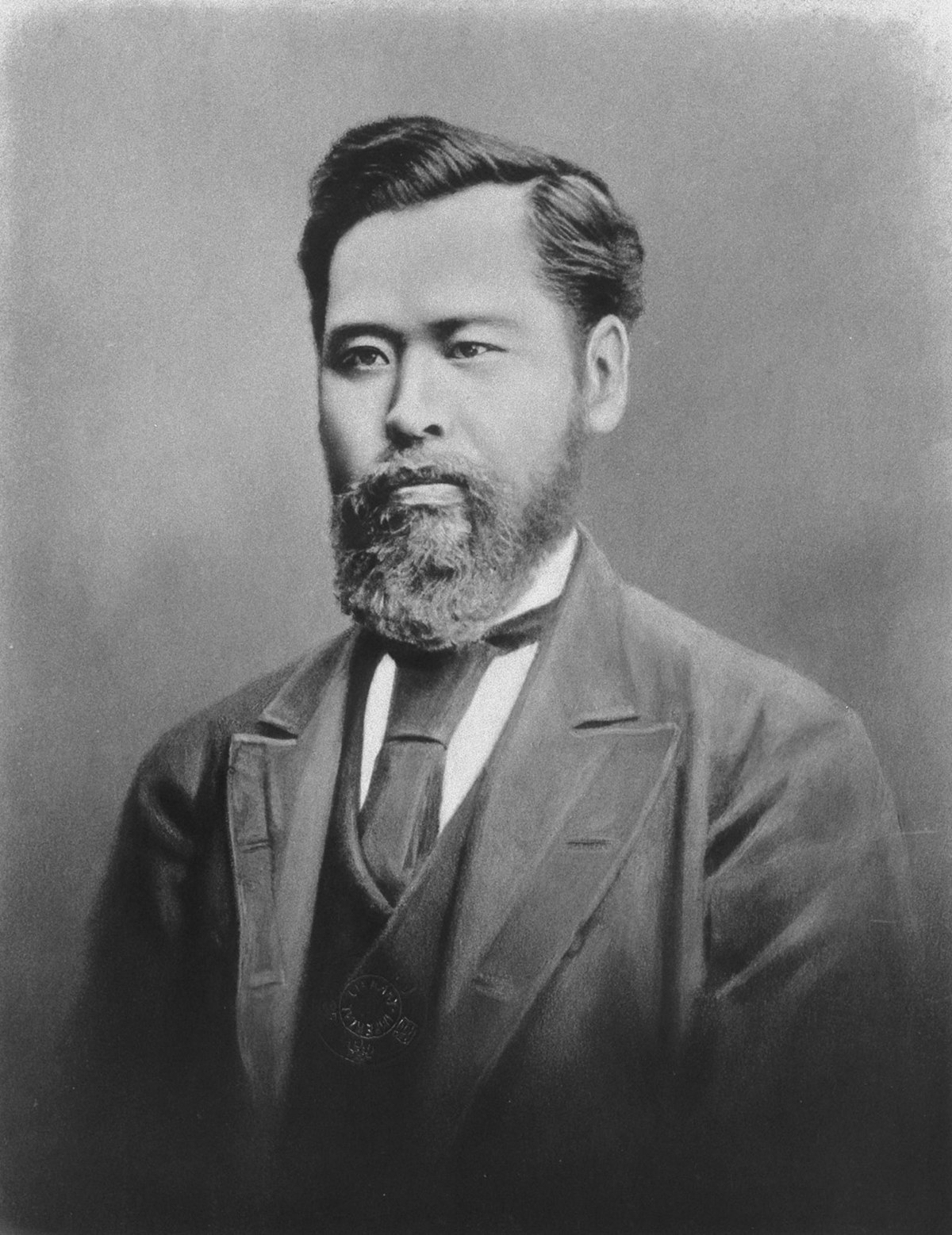
Education Policy in the Meiji Era
JapanBy the late 1860s, the Meiji leaders had established a system that declared equality in education for all in the process of modernizing the country. After 1868 new leadership set Japan on a rapid course of modernization. The Meiji leaders established a public education system to modernize the country. Missions like the Iwakura mission were sent abroad to study the education systems of leading Western countries. They returned with the ideas of decentralization, local school boards, and teacher autonomy. Such ideas and ambitious initial plans, however, proved very difficult to carry out. After some trial and error, a new national education system emerged. As an indication of its success, elementary school enrollments climbed from about 30% percent of the school-age population in the 1870s to more than 90 percent by 1900, despite strong public protest, especially against school fees.
In 1871, the Ministry of Education was established. Elementary school was made compulsory from 1872, and was intended to create loyal subjects of the Emperor. Middle Schools were preparatory schools for students destined to enter one of the Imperial Universities, and the Imperial Universities were intended to create westernized leaders who would be able to direct the modernization of Japan. In December, 1885, the cabinet system of government was established, and Mori Arinori became the first Minister of Education of Japan. Mori, together with Inoue Kowashi created the foundation of the Empire of Japan's educational system by issuing a series of orders from 1886. These laws established an elementary school system, middle school system, normal school system and an imperial university system. With the aid of foreign advisors, such as American educators David Murray and Marion McCarrell Scott, normal schools for teacher education were also created in each prefecture. Other advisors, such as George Adams Leland, were recruited to create specific types of curriculum. With the increasing industrialization of Japan, demand increased for higher education and vocational training. Inoue Kowashi, who followed Mori as Minister of Education established a state vocational school system, and also promoted women's education through a separate girls' school system.
Compulsory education was extended to six years in 1907. According to the new laws, textbooks could only be issued upon the approval of the Ministry of Education. The curriculum was centered on moral education (mostly aimed at instilling patriotism), mathematics, design, reading and writing, composition, Japanese calligraphy, Japanese history, geography, science, drawing, singing, and physical education. All children of the same age learned each subject from the same series of textbook.
